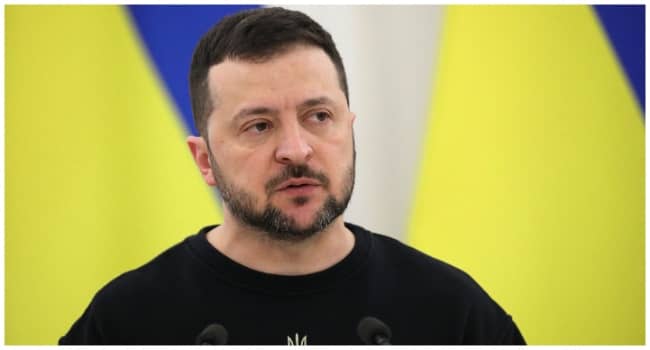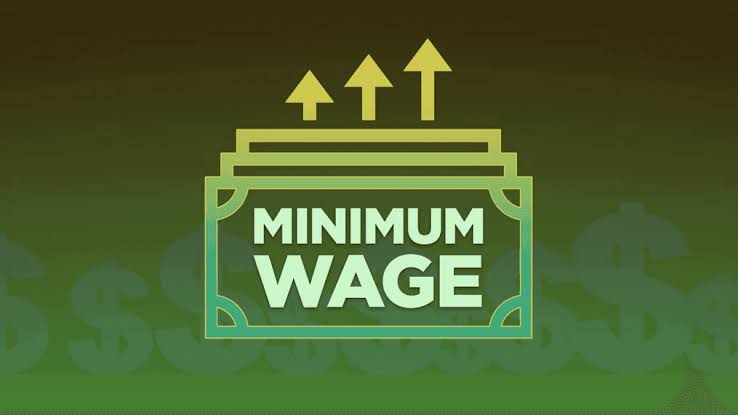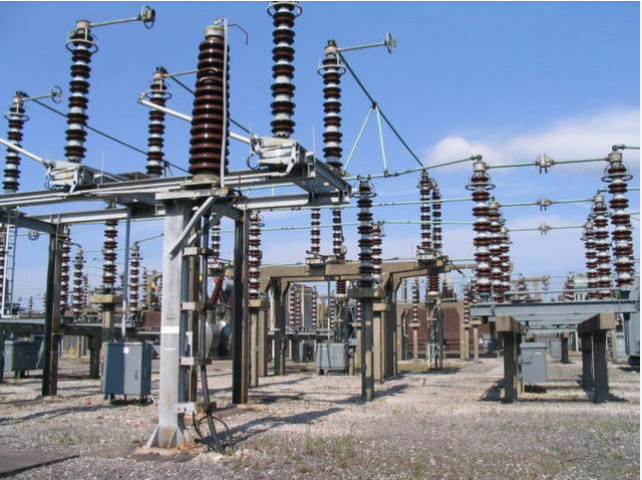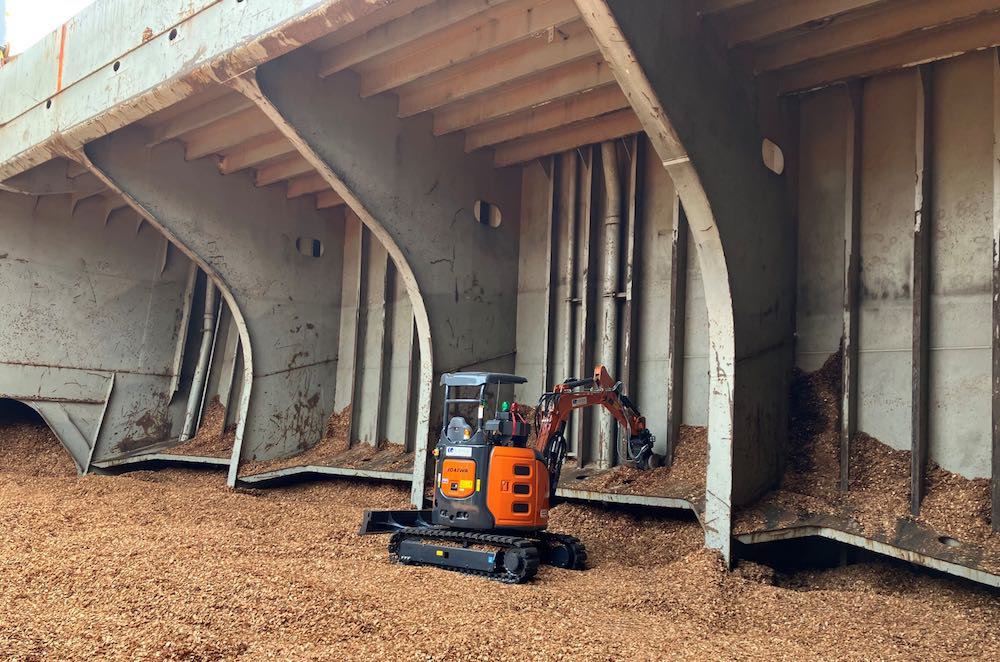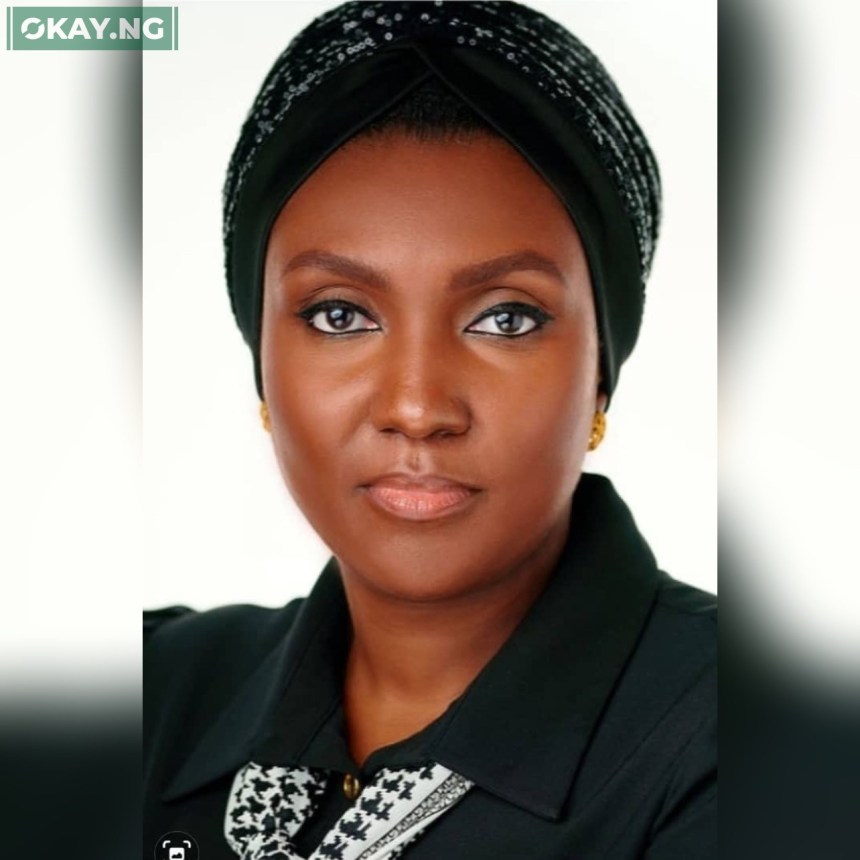The rise of the seaborne ammonia trades
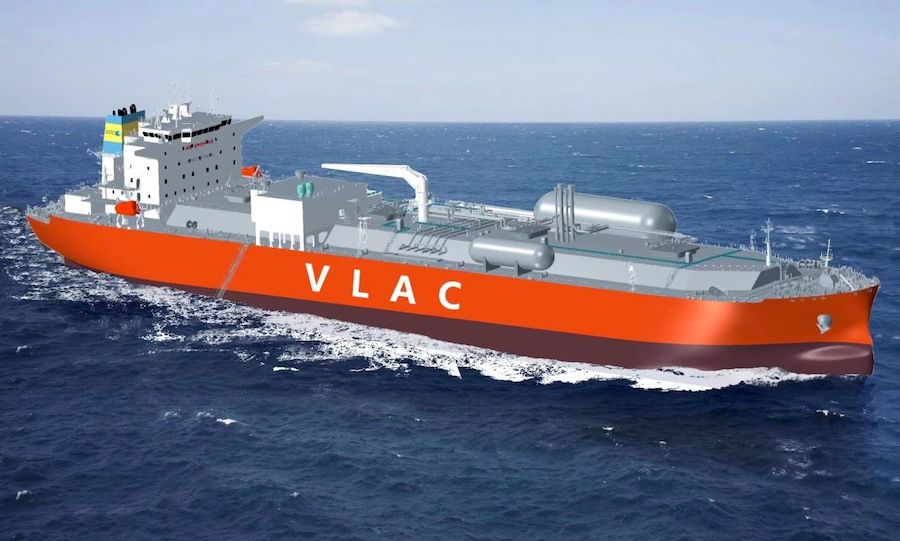
Acronym-heavy shipping needs to get used to a rising four-letter vessel type. VLACs are being tipped to overhaul VLGCs in a changing of the guard in the gas trades.
The global trade of ammonia is increasing every year with a rise in trade projected until at least the middle of the century. With ammonia becoming a more popular player in the energy and agricultural industry along with a role in decarbonisation efforts, maritime transport will have to follow suit with a much-needed spike in very large ammonia carrier (VLAC) orders.
Ammonia, commonly used in fertilizer production and as a component in chemicals and explosives, is gaining attention due to its low carbon properties which makes it an attractive option for co-firing in power plants and as an alternative fuel in the shipping industry.
Production of basic feedstock for inorganic fertilizers accounts for around 77% of today’s annual ammonia use. Another large percentage of ammonia use goes to the production of AdBlue for vehicle NOx control.
According to brokers Intermodal, the global trade of low-carbon ammonia is expected to witness a significant surge, reaching around 69m tonnes by 2040. The highest demand will come from Japan and South Korea due to their decarbonisation initiatives. The Middle East and Australia are emerging as major exporters, contributing more than 65% to the global trade volume.
In its report, Intermodal claimed that the ammonia industry experienced a year-on-year growth of 2.9% in 2023. This upward trajectory is set to persist through 2024 and 2025, with forecasts indicating an annual growth rate of approximately 4%.
The International Renewable Energy Agency (IRENA) said in its 2022 Innovation Outlook that global ammonia demand would increase by more than 40m tonnes per annum by 2030, representing a 20% increase from 2020 levels, with growth driven primarily by rising fertilizer needs due to population growth.
The existing orderbook for VLACs includes 36 vessels, with a significant 83% being constructed by South Korean shipbuilders. They will have dual-fuel propulsion engines. The delivery of these vessels is expected to begin in late 2026 and will peak in 2027 when 28 vessels will enter the fleet.
Since the beginning of 2024, shipbuilders have received orders for more than 15 VLACs worth north of $1.8bn.
Professor Lynn Loo, CEO of the Global Centre for Maritime Decarbonisation, told sister title Splash Extra plenty more ships will be needed soon.
“Assuming this increase in ammonia is traded by ships entirely, we may need up to 50 VLACs, each capable of transporting approximately 800,000 metric tonnes of ammonia annually, by 2030. If, on the other hand, only 10% of this increase is traded by ships – currently only 10% of annual ammonia production is traded by ships, then five VLACs can satisfy our needs by 2030,” she said.
She added that a further boost in VLAC demand could occur beyond 2030 as renewables-limited countries start using ammonia for power generation and its popularity as a marine fuel increases.
Maritime Strategies International (MSI) has projected that over the next 25 years owners will order close to 400 VLACs compared with a current fleet of 375 VLGCs focused on carrying LPG.
This an abridged version of a recent feature carried by Splash Extra. Published on the last Wednesday of every month and priced for as little as $200 a year, Splash Extra serves as a concise monthly snapshot, ensuring readers are on top of where the shipping markets are headed. For more details on Splash Extra subscriptions, click here.

